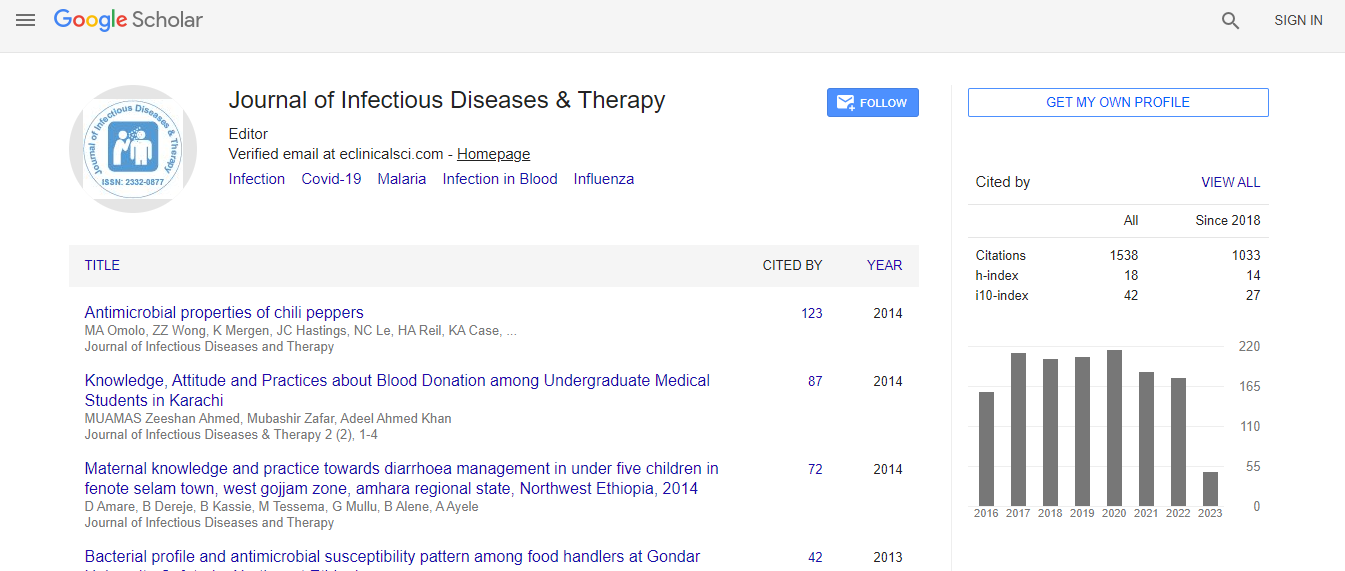Our Group organises 3000+ Global Events every year across USA, Europe & Asia with support from 1000 more scientific Societies and Publishes 700+ 91�Թ� Journals which contains over 50000 eminent personalities, reputed scientists as editorial board members.
91�Թ� Journals gaining more Readers and Citations
700 Journals and 15,000,000 Readers Each Journal is getting 25,000+ Readers
Citations : 1529
Indexed In
- Index Copernicus
- Google Scholar
- Open J Gate
- RefSeek
- Hamdard University
- EBSCO A-Z
- OCLC- WorldCat
- Publons
- Euro Pub
- ICMJE
Useful Links
Recommended Journals
Related Subjects
Share This Page
Incorporating individual organ shock into the septic shock and separating a shock and a failure
Joint Event on 2nd World Congress on Infectious Diseases & International Conference on Pediatric Care & Pediatric Infectious Diseases
Sion Jo
Chonbuk National University Hospital, South Korea
ScientificTracks Abstracts: J Infect Dis Ther
DOI:
Abstract
Sepsis is defined as life-threatening organ dysfunction caused by a dysregulated host response to infection. Septic shock is defined as a subset of sepsis in which underlying circulatory and cellular/metabolic abnormalities are profound enough to substantially increase mortality. Clinically, sepsis is identified by suspected or documented infection and an acute increase of â�?¥ 2 SOFA points (a proxy for organ dysfunction). And in case of septic shock, sepsis and vasopressor therapy needed to elevate MAP â�?¥65 mmHg and serum lactate >2 mmol/L (18 mg/dL) despite adequate fluid resuscitation is used. In contrast to new sepsis which deals with multiple organs, definition of septic shock focuses on circulatory shock and cellular/metabolic shock, seeming not to consider other imperative organs such as CNS or lung. It is a big mistake of septic shock definition. If a sepsis refers to organ dysfunction caused by infection, likewise circulatory and cellular/metabolic shock, respiratory, neurologic and other organs shock should be included in the definition of septic shock. This suggestion is supported that hypoxia and unresponsiveness is associated with increased mortality in sepsis. One more problem is that septic shock definition includes failure of adequate fluid resuscitation in itself even though there is no prerequisite reason. Furthermore, assessment of volume status and adequate fluid resuscitation is still challenging in critical care era. So the separation of a shock and a failure in the clinical definition of septic shock was should be considered.Biography
Sion Jo has completed his Residency of Emergency Department from Seoul National University Hospital. He is an Assistant Professor of the Chonbuk National University Hospital. He has published more than 10 papers in reputed journals. He has designed the NEWS-L score and a Sion’s tube.
Email: akynei@naver.com

